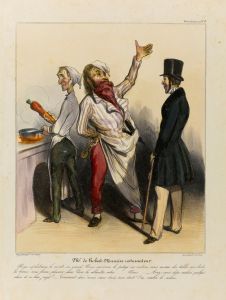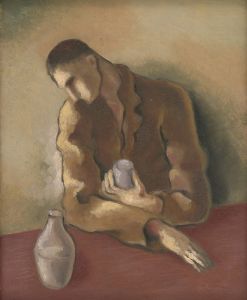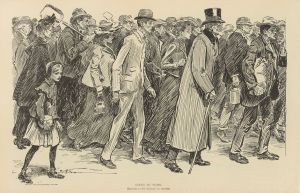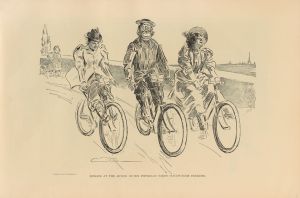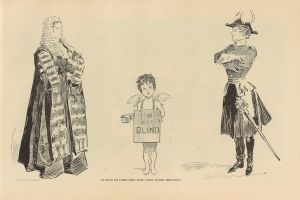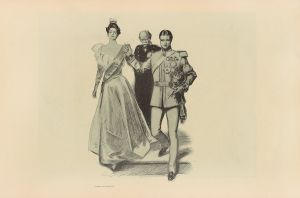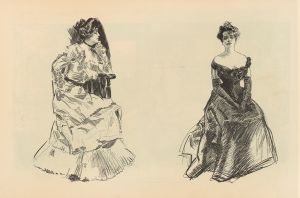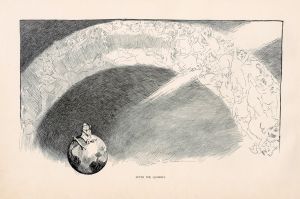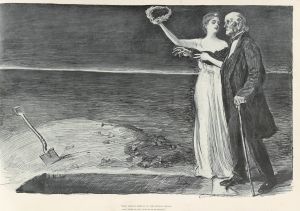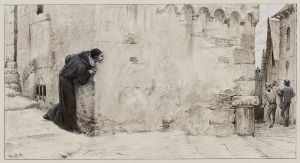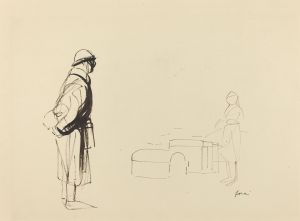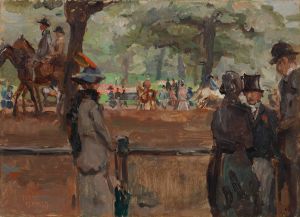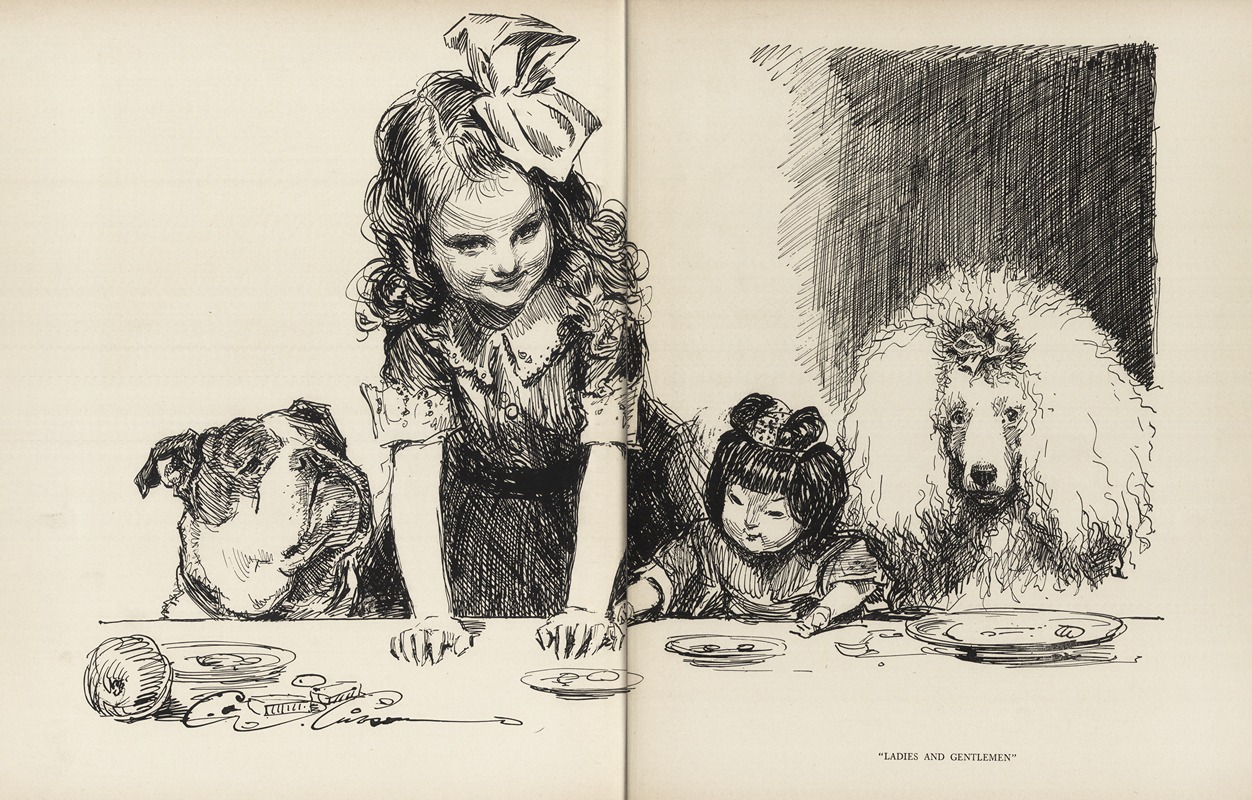
Ladies and Gentlemen
A hand-painted replica of Charles Dana Gibson’s masterpiece Ladies and Gentlemen, meticulously crafted by professional artists to capture the true essence of the original. Each piece is created with museum-quality canvas and rare mineral pigments, carefully painted by experienced artists with delicate brushstrokes and rich, layered colors to perfectly recreate the texture of the original artwork. Unlike machine-printed reproductions, this hand-painted version brings the painting to life, infused with the artist’s emotions and skill in every stroke. Whether for personal collection or home decoration, it instantly elevates the artistic atmosphere of any space.
Charles Dana Gibson was an influential American illustrator, best known for his creation of the "Gibson Girl," a representation of the idealized American woman at the turn of the 20th century. One of his notable works is "Ladies and Gentlemen," which showcases his distinctive style and social commentary through illustration.
"Ladies and Gentlemen" is a black-and-white drawing that exemplifies Gibson's keen observation of social dynamics and gender roles during the late 19th and early 20th centuries. Gibson's illustrations often appeared in popular magazines of the time, such as Life, Harper's Weekly, and Scribner's, where they reached a wide audience and contributed to the cultural landscape of the era.
The artwork typically features a group of elegantly dressed men and women, capturing the fashion and social norms of the upper class during the Gilded Age. Gibson's attention to detail in clothing and posture reflects the societal expectations and etiquette of the time. The men are often depicted in formal attire, such as suits and ties, while the women are shown in elaborate dresses, embodying the grace and poise associated with the Gibson Girl.
Gibson's work, including "Ladies and Gentlemen," often carried subtle social commentary. Through his illustrations, he explored themes of gender relations, courtship, and the roles of men and women in society. The interactions between the characters in his drawings frequently highlight the complexities and nuances of social interactions, often with a touch of humor or irony.
The "Gibson Girl" became a cultural icon, representing a new standard of femininity that was independent, confident, and socially active. This idealized image influenced fashion, beauty standards, and even the behavior of women during the early 20th century. While "Ladies and Gentlemen" may not focus solely on the Gibson Girl, it is part of the broader body of work that contributed to this cultural phenomenon.
Gibson's illustrations were not only artistic expressions but also reflections of the societal changes occurring during his lifetime. The late 19th and early 20th centuries were a period of significant transformation in America, marked by industrialization, urbanization, and shifts in social norms. Through his art, Gibson captured the essence of this dynamic period, providing insight into the lives and attitudes of the people who lived through it.
"Ladies and Gentlemen" is a testament to Charles Dana Gibson's skill as an illustrator and his ability to convey complex social themes through simple yet powerful imagery. His work remains an important part of American art history, offering a window into the past and the cultural shifts that shaped modern society.





